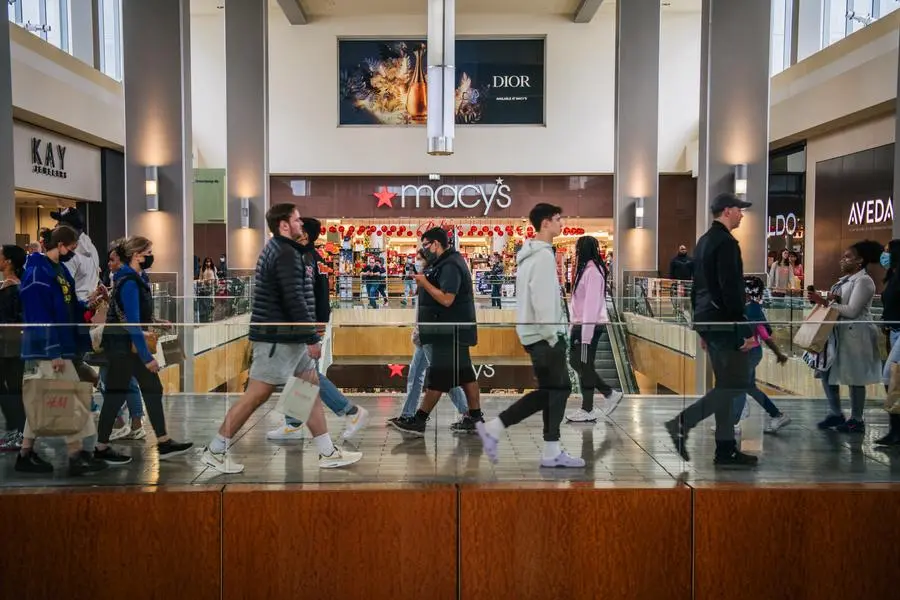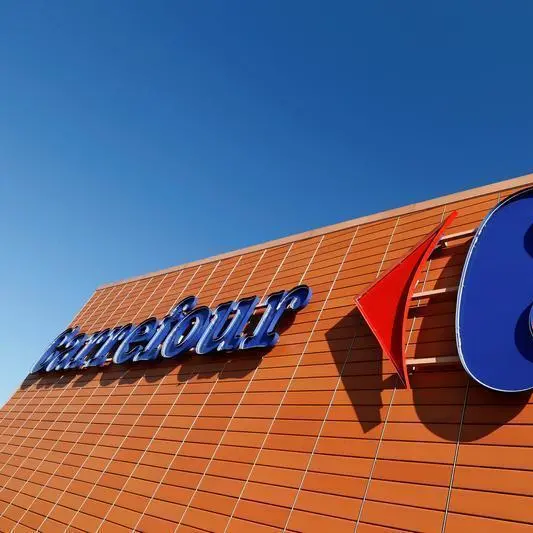PHOTO
MANAMA - A majority of shoppers in the Middle East prefer physical stores, wanting to touch and feel merchandise and interact with other people, even as half of them say their online purchases have increased.
This was the key finding of a study carried out by UAE-based Zbooni, a platform that came up with the concept of C-Commerce or ‘Connected Commerce’ as an extension to E-commerce.
Titled ‘C-Commerce Mena Report 2022’, the study found that almost 50pc of GCC consumers are shopping more online compared to pre-pandemic levels, with 47pc frequently using their smartphones for purchasing.
Yet, some 56pc of consumers in the Middle East still prefer visiting physical stores, mainly for the one-on-one human interaction.
Conventional shopping vs. online shopping
Talking to a range of shoppers in Bahrain, GDN found a sharper skew in favour of e-commerce in the kingdom with three out of four consumers preferring virtual stores.
“Even before the Covid-19 pandemic, I preferred online shopping to visiting physical stores. This has intensified during the pandemic and continued to be the norm for me,” said Aisha Mohammed, a teacher.
“I almost buy everything from online stores and mobile applications, including medicines and clothes, and only go to physical stores to buy food items, make-up, or when I need something urgently.”
Echoing the sentiment was housewife Ohood Naji who said she dramatically increased shopping online during the pandemic.
Ms Naji now buys groceries using local supermarkets’ mobile applications, and clothes using Instagram and websites.
Still, she finds buying shoes for her children tricky, and hence goes to actual stores to have her children try them on.
Atyab Aqueel, a mother of three, is also in favour of online shopping. She finds it more convenient, as she enjoys the experience of selecting items, tracking her orders, and having them delivered to her doorstep.
She revealed that she buys most things online, whether from stores located in Bahrain or abroad, and even if she’d be charged more for delivery. She admitted that she only goes to physical shops for a change and to break the daily routine.
Taking a contrarian view was Dhabia Khalifa, who stressed that she hardly buys anything online, preferring the conventional shopping experience, where she can try clothes on and feel the material for herself.
Social Media
According to Zbooni, C-Commerce or ‘Connected Commerce’ is an extension to E-commerce, with an emphasis on providing a human-centric customer service and connecting with customers directly via online messaging and social media platforms, making it a way for businesses to capture more customers, accept payments, sell more products and services, and track everything.
The report says that C-Commerce surpasses E-commerce in converting visitors to buyers. It delivered a success rate of 84.9pc while traditional e-commerce marketplaces or websites only converted 2.86pc of visitors between October 2021 and March 2022.
Meanwhile, the average usage of social media in the Mena stands at 3.5 hours (210 minutes) per day, well above the global average of 147 minutes per day, suggesting that social media platforms have a lot of potential for retailers and businesses in the region.
The report validates the effectiveness of social media channels in growing online sales in the region, with Instagram and WhatsApp the most successful, contributing to 79.4pc and 44.2pc respectively.
On the other hand, store websites contribute to only 38.2pc of online sales growth, the study says.
Still, only 55pc of SMEs in the MEA region have websites, and even fewer (46pc) have a social media presence, well-below the global average of 70pc.
Among the social media savvy business-owners is Sharifa Al Khayyat, the owner of a flower shop in Galali.
“We have a physical shop, a website, an Instagram account, and we are also available on Talabat,” she stated.
“However, most sales come via Instagram, as customers contact us through the direct messaging feature. The actual footfall in our shop is very modest, with 99pc of our customers opting to make payments using BenefitPay.”
Also swearing by Instagram is Noufal Maman, the general manager of a furnishing workshop located in Lhassay in the Southern Governorate.
The company relies heavily on Instagram as a platform to promote products and services even before the pandemic and has not felt the need to set up a website or presence in any other social media channel, said Mr Maman.
He revealed that about 60pc of its customers’ transactions are through BenefitPay – the e-wallet operated by the kingdom’s sole operator handling ATM and POS transactions, while the rest are cash payments.
“Instagram is the only social media channel we use for promoting our services, even before the pandemic,” affirmed Mohammed Al Mansoor, co-manager of Blush Lady beauty salon located in Riffa.
“We don’t have a website, and our clients contact us on our WhatsApp to book appointments,” said Mr Al Mansoor. On payment methods, he mentioned that most of their clients pay using cash or cards.
Opportunities
The report highlights the potential of ‘c-commerce’ in the Mena region, particularly given the large retail market size estimated at $1 trillion.
Growth drivers include the growing population, and the huge number of micro, small and medium-sized enterprises (MSMEs) estimated at 23 million, constituting 90pc of the total companies in the region.
It forecasts that 40pc of retail businesses in the Mena region could turn to ‘c-commerce’ for the next wave of expansion.
© Copyright 2020 www.gdnonline.com
Copyright 2022 Al Hilal Publishing and Marketing Group Provided by SyndiGate Media Inc. (Syndigate.info).





















